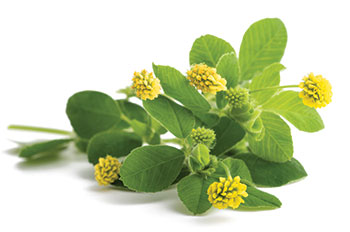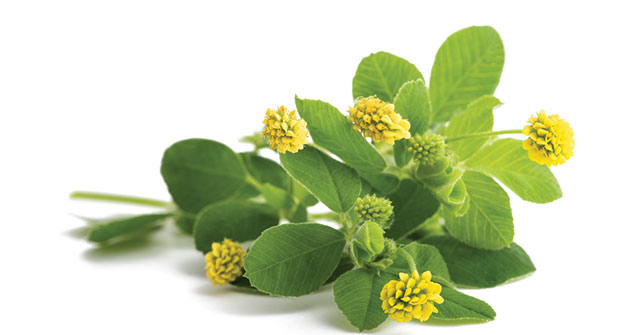
Lawn care operators can spot hop clover by its lemony-yellow flower and oval-shaped leaves that are grouped in threes.
“Identification is the key,” says Jason Fausey, director of technical services at Nufarm. “Hop clover is often misidentified with common yellow woodsorrel, which also has a yellow flower but has heart-shaped leaves.”
As hop clover is a true annual, lawn care technicians can expect to encounter the weed from early spring through fall, Fausey says.
It’s prevalent throughout most of the U.S., with the exception of dry, arid regions, according to Ian Rodriguez, technical services manager at Quali-Pro.
“Low-fertility situations are going to favor hop clover,” Rodriguez says. “The golden rule is that a well-fed, healthy, vigorous stand of turf is the best defense against any weed.”
As far as control products go, Rodriguez suggests using products with the active ingredient quinclorac — at two quarts per acre of a liquid formulation or one pound per acre of a dry flowable product. In addition to quinclorac, products with fluroxypyr as an active ingredient do well to contain the weed, according to Fausey.
In some cases, a spring application will do the trick, but a follow-up application is generally required. It’s also helpful to use combination products with multiple modes of action or multiple active ingredients, Fausey adds.


